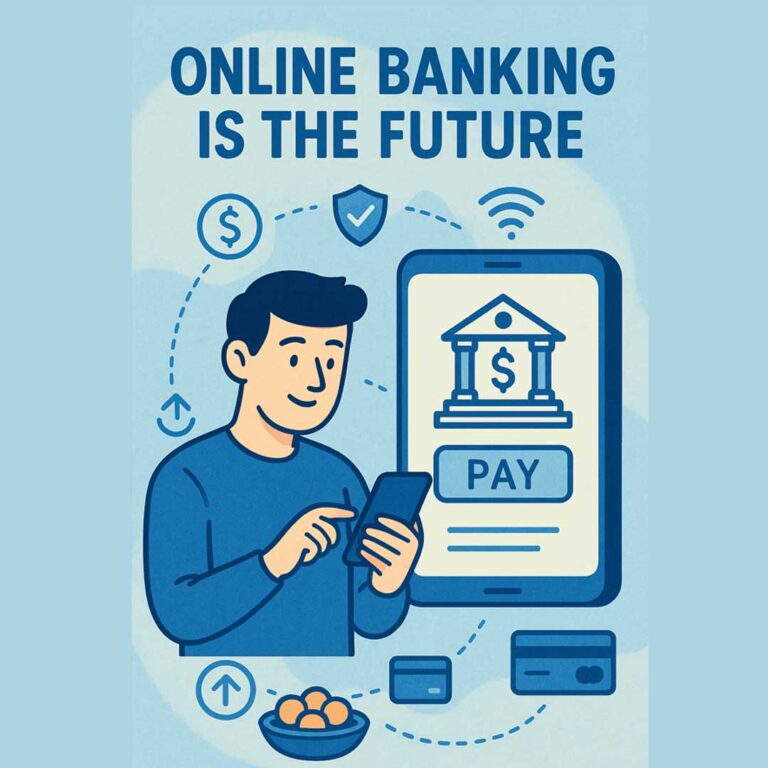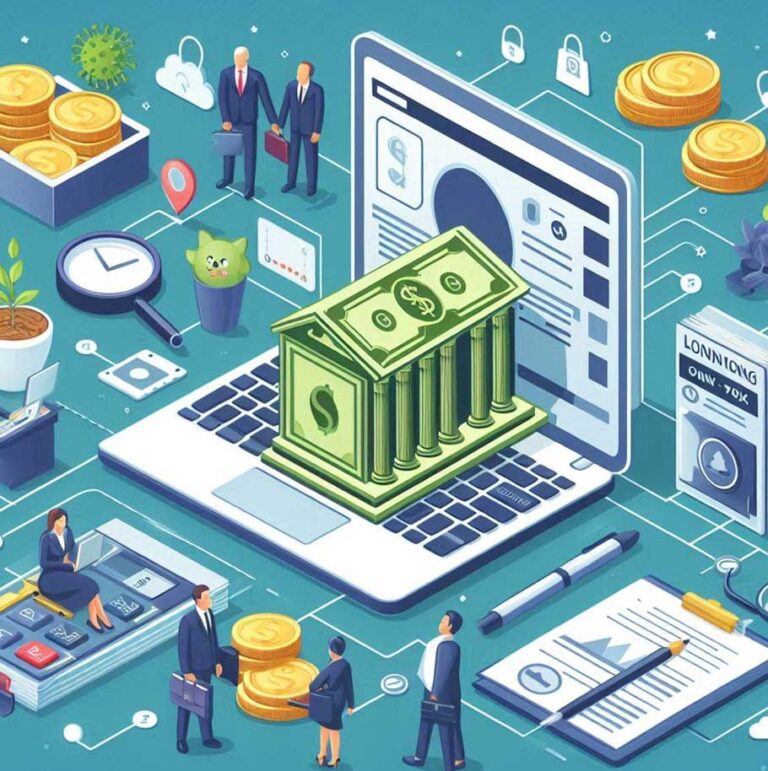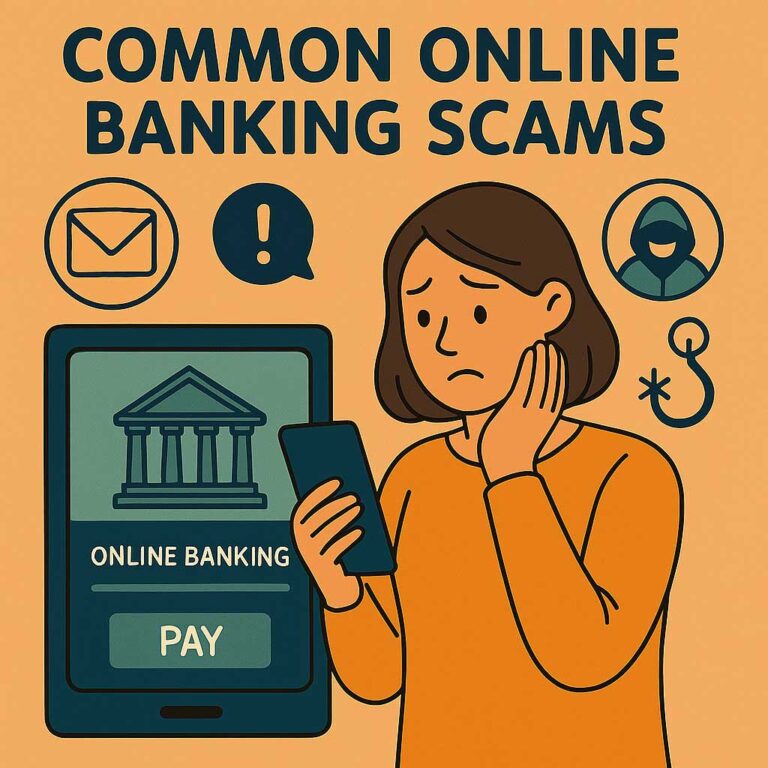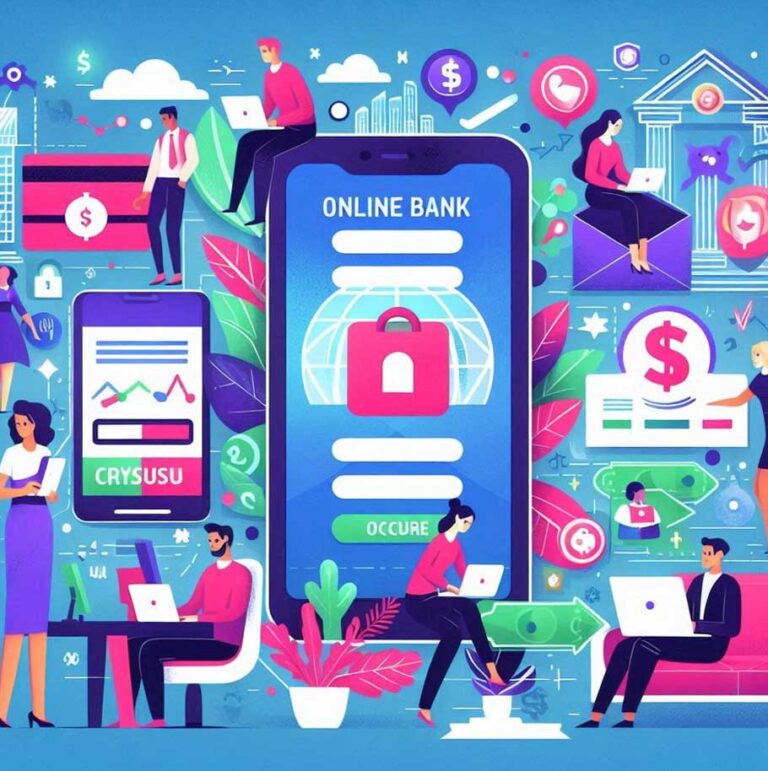Is Online Banking Safe? A Guide to Secure Digital Banking
Introduction
With the rise of digital transformation, online banks have become increasingly popular, offering convenience, lower fees, and innovative financial services. However, many individuals new to online banking question its security. Are online banks safe? How do they compare to traditional banks in terms of cybersecurity? This blog explores online bank safety measures, compares them with traditional banking security, and provides actionable tips to protect your financial data.
Online Banking Security Features
Online banks implement robust cybersecurity measures to protect users from fraud, unauthorized access, and cyber threats. These security measures include:
1. Secure Login Processes
One of the primary ways online banks ensure security is through secure login mechanisms. Here are some key authentication methods:
- Two-Factor Authentication (2FA): Many online banks require users to verify their identity through an additional factor, such as a one-time passcode (OTP) sent via SMS or email.
- Biometric Authentication: Some online banking platforms use fingerprint or facial recognition to add an extra layer of security.
- Multi-Factor Authentication (MFA): In addition to passwords, some banks incorporate app-based authentication, security questions, or hardware tokens to enhance login security.
2. Advanced Encryption Standards
Online banks use encryption protocols like Transport Layer Security (TLS) and Secure Socket Layer (SSL) to protect data transmission between users and bank servers. End-to-end encryption ensures that sensitive information, such as account details and passwords, remains confidential and protected from cybercriminals.
3. Real-Time Fraud Detection Systems
Online banks leverage artificial intelligence (AI) and machine learning to detect suspicious activities. These fraud detection systems analyze transaction patterns, flag anomalies, and alert customers of potential security threats.
4. Mobile Security Measures
With mobile banking on the rise, online banks have implemented specific security measures, including:
- Device Recognition: Banks recognize user devices to prevent unauthorized logins from unknown devices.
- App-Based Security Features: Many banks provide in-app security settings like remote logout, session timeouts, and restricted access to sensitive information when using public Wi-Fi.
- Automatic Alerts: Users receive real-time notifications for login attempts, large transactions, or unusual account activity.
5. Account Protection Mechanisms
To prevent unauthorized access and fraud, online banks offer:
- Virtual Debit Cards: Some banks provide virtual cards with temporary numbers to enhance security for online purchases.
- Transaction Limits: Users can set spending limits to minimize potential losses in case of fraud.
- Freeze and Unfreeze Features: If a customer suspects unauthorized activity, they can instantly freeze their debit or credit card.
Security Comparison: Traditional Banks vs. Online Banks
Many individuals assume traditional banks are inherently safer due to physical branches. However, both traditional and online banks face cybersecurity threats, and their security largely depends on the measures they implement. Here’s how they compare:
| Security Feature | Traditional Banks | Online Banks |
|---|---|---|
| Physical Branch Security | Yes | No |
| Secure Login & MFA | Yes | Yes (often more advanced) |
| AI-Powered Fraud Detection | Yes | Yes |
| Mobile Security Measures | Limited | Extensive |
| Real-Time Transaction Alerts | Yes | Yes |
| End-to-End Encryption | Yes | Yes |
| 24/7 Customer Support | Yes | Varies |
While traditional banks offer the advantage of in-person banking, online banks invest heavily in digital security since they lack physical branches. Many online banks have advanced authentication methods and AI-powered fraud detection, making them just as secure, if not more, than traditional banks.
Is Online Banking Safe? How to Stay Safe While Using Online Banks
Even with strong banking cybersecurity measures, users must take proactive steps to enhance their online bank safety. Here are some essential tips:
1. Is Online Banking Safe? Use Strong and Unique Passwords
A weak password is one of the easiest ways for cybercriminals to gain access to an account. To secure your online banking account:
- Use a mix of uppercase and lowercase letters, numbers, and special characters.
- Avoid using easily guessable passwords like birthdates or common words.
- Use a password manager to store and generate complex passwords.
2. Is online bank safe? Enable Two-Factor Authentication (2FA)
Always enable 2FA or MFA for your online bank accounts. This extra layer of security ensures that even if your password is compromised, hackers will need additional verification to access your account.
3. Keep Your Devices Secure
Since online banking is often accessed via smartphones and computers, keeping these devices secure is crucial:
- Install security updates and antivirus software.
- Avoid using public Wi-Fi when accessing your bank account.
- Enable remote wipe features in case your device is lost or stolen.
4. Watch Out for Phishing Scams
Phishing attacks are one of the most common threats in online banking. To avoid falling victim:
- Never click on suspicious links in emails or text messages claiming to be from your bank.
- Verify website URLs before entering login credentials.
- Contact your bank directly if you receive any suspicious communication.
5. Is Online Banking Safe? Regularly Monitor Account Activity
Regularly reviewing your account transactions can help detect fraudulent activity early. Most online banks provide real-time transaction alerts, making it easier to spot unauthorized activities.
6. Use Official Banking Apps
Always download banking apps from official sources like the Apple App Store or Google Play Store. Avoid third-party app stores that may host malicious versions of banking apps.
7. Be Cautious with Public and Shared Computers
Avoid logging into your online bank account from shared or public computers. If necessary, always log out and clear the browsing history and cookies after use.
Conclusion
So, are online banks safe? The answer is yes—if proper security measures are in place. Online banks utilize advanced cybersecurity protocols such as encryption, multi-factor authentication, and AI-powered fraud detection to protect users. Compared to traditional banks, online banks often implement stronger digital security due to their entirely virtual nature.
However, online bank safety is a shared responsibility. While banks provide security features, users must also take proactive steps to protect their financial information. By following best practices like using strong passwords, enabling 2FA, and being cautious of phishing scams, you can confidently and securely manage your online banking needs.
As online banking continues to evolve, staying informed about new security trends and threats will further enhance your banking cybersecurity. By understanding online bank safety measures and practicing secure digital banking habits, you can fully embrace the convenience of online financial services without compromising security.







